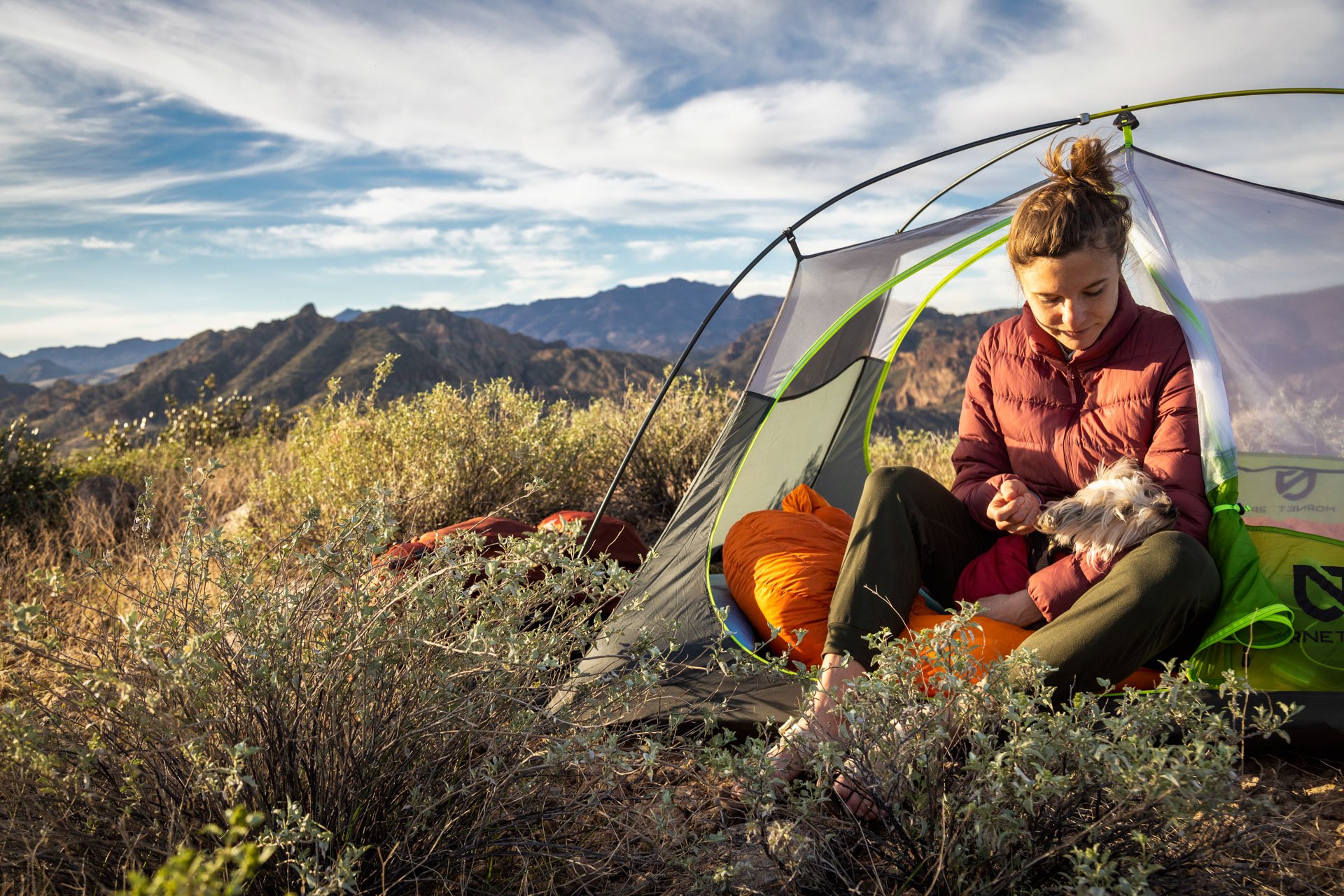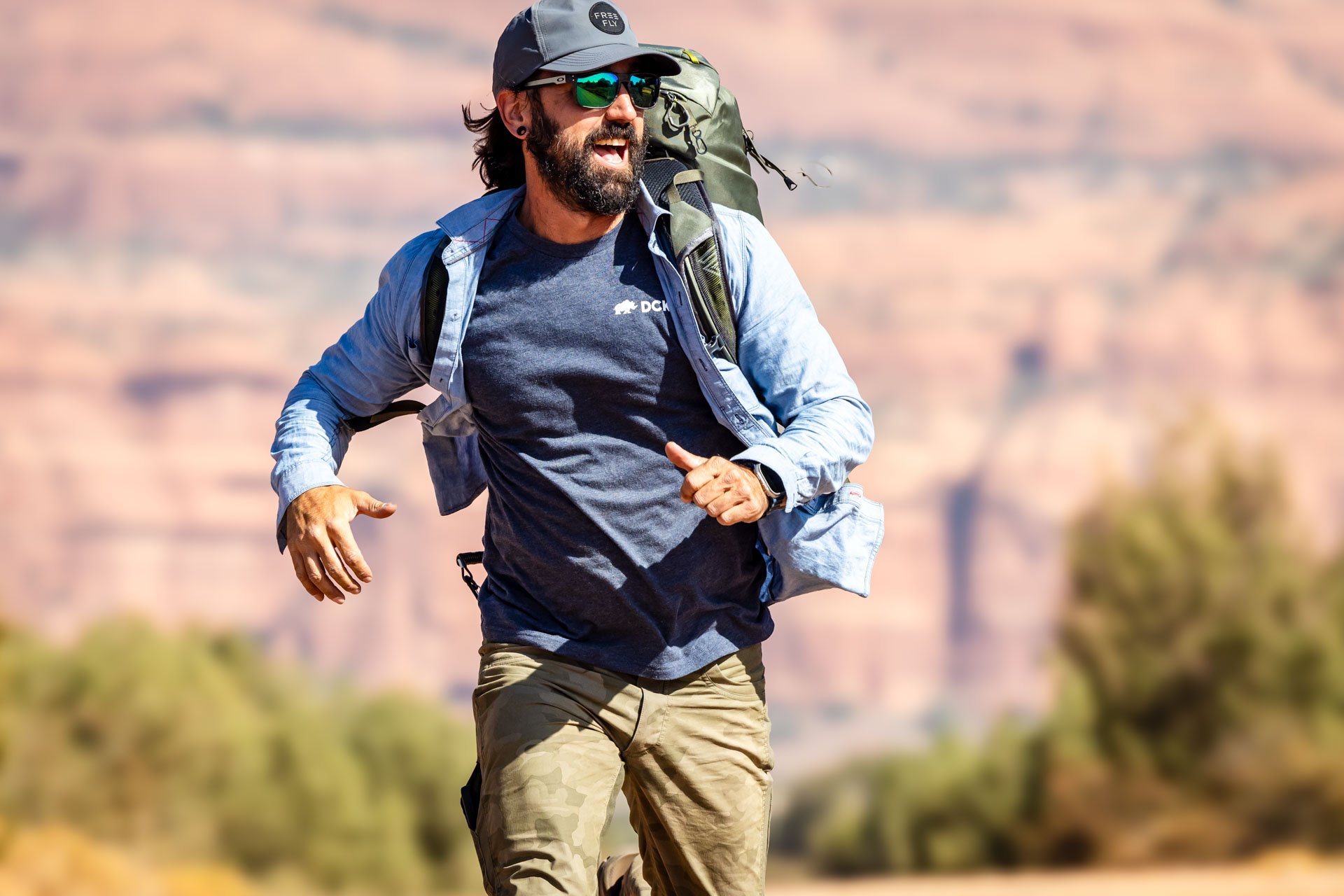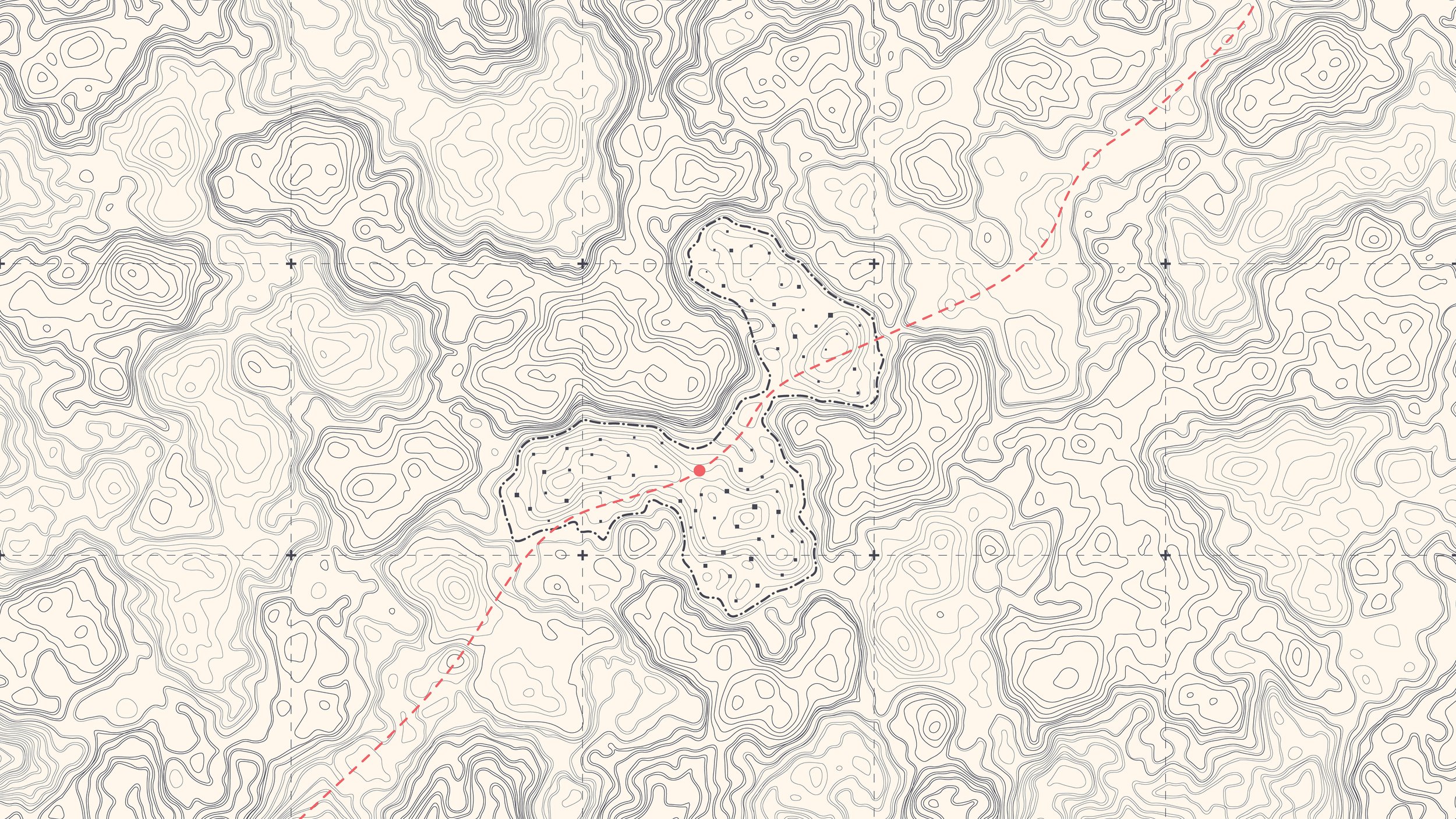the feed
TRAIL RUNNING 101 - The Basics
Trail Running Basics 101. Bored with running the same old roads? Trail running opens up a whole new world for you beyond paved surfaces. As with road running, it’s a healthy, simple activity with few gear requirements.
Note: This post originally appeared on the REI.com website and has been republished here in its entirety.
Trail Running 101 - Find the Right Shoes

Shoes are the main gear consideration for trail runners. If your first trail run will be on a mellow gravel road you can get by with your road-running shoes but as soon as you encounter roots, rocks and slippery mud you’ll realize the importance of having trail-running shoes.
How are trail-running shoes different? Trail-running shoes are generally beefier than road-running shoes and emphasize traction, foot protection and stability. For a good analogy, think of the difference between tires on a mountain bike and a road bike. Within the trail-running category, you’ll find a range of shoes that are suited for everything from easy, groomed trails up to highly technical, variable terrain.
You can also choose from stripped-down minimalist shoes that give you an enhanced feel for the trail and your own biomechanics or maximalist shoes that have lots of cushioning to reduce impact on joints and fatigue on high-mile days.
Both traditional, minimalist and maximalist styles are designed to offer better traction than road-running shoes.
Trail Running 101 - Gear Up to Run

The beauty of trail running is that you don’t need a bunch of gear to do it. Going for a quick, short trail run can be as simple as pulling on shorts and a T-shirt, lacing up a pair of running shoes and heading out the door. With that said, there are several gear considerations that can make your run more enjoyable and comfortable, especially as you begin taking on higher mileage and more challenging terrain.
Carrying Water
Water is a must for all but the shortest runs. Your water-carrying options include hydration packs, hydration vests, handheld water bottles or waistpacks with water bottles.
If you’re going for a shorter run, you’ll likely be fine with a handheld water bottle or a small waistpack. You’ll be able to carry enough water for the run while also having room to store your house key, some cash, and an energy bar or gel.
For longer runs, consider a larger waistpack, a running hydration vest or a running hydration pack. These offer more storage for larger amounts of water, extra clothing, food, first-aid supplies, navigation tools and other items you may need on a half-day or full-day adventure. If choosing a hydration pack, look for a running-specific style with a narrow design that allows you to swing your arms freely.
Clothing
Your running wear should be made of moisture-wicking merino wool or synthetics rather than cotton, which is very slow to dry. Socks, too, should be merino wool or synthetic. For cool or wet weather, a lightweight rain shell or windbreaker is advisable.
Dressing in layers is a smart approach, especially on longer runs. This technique helps you manage your comfort throughout the day. You might start out cold but as you warm up on a long hill climb you can shed layers and when you cool off during a break or if bad weather moves in, you can pull them back on.
Also consider the breathability of the clothing you're wearing. Trail running generates lots of heat and perspiration, so avoid clothing that creates an impenetrable barrier. Lightweight knit fabrics work well and shirts with zippered necks give you a way to vent. Although most waterproof rain jackets are breathable, they can still get wet and clammy inside when you're really working hard. Unless the rain is really coming down, you'll likely be more comfortable wearing quick-drying, breathable synthetic or wool layers or a soft-shell jacket rather than a fully waterproof one.
Food
For runs lasting less than an hour you may not need to carry more than an energy gel or two, but if you’ll be out for a couple hours or more you’ll want to have a selection of energy food such as bars, gels and chews.
Finding what foods sit well in your tummy during a run takes some experimenting. Generally, for shorter, high-intensity runs you’ll want to stick with simple energy foods like gels or chews. If you get into running longer distances, such as ultramarathons, you may find that heartier foods like bars, nuts, peanut butter and jelly sandwiches, and other “real” foods sit OK because you're typically moving at a slower pace.
Watch
There are many options among watches, from basic sport watches that tell the time and include a stopwatch to activity trackers that monitor your steps to high-end GPS watches that track distance and speed and can be used to help navigate. Some of these devices include a heart rate monitor that can help maximize the effectiveness of your workout.
Navigation Tools
If you’re running trails in an unfamiliar area, don’t forget navigational tools such as a map and compass or, additionally, a GPS unit.
Lights
Like to run at night? A headlamp is a must. Your headlamp that you take backpacking may be sufficient but if you plan to do a lot of nighttime running you’ll want a light with a minimum output of about 200 lumens. Some trail runners like to carry a handheld flashlight in addition to a headlamp to really light up the night and be able to look around while always keeping the flashlight aimed at the trail.
Choosing a headlamp that allows you to adjust the beam shape can be helpful. You can set the beam on the wide flood setting for good peripheral illumination or change it to the spot setting when you need to see farther down the trail.
Sun Protection
Sun protection can include a combination of sunscreen (SPF 30 or higher is recommended), lip balm, hat and sun-protective clothing. Keep in mind that fair-skinned folks can get skin damage in as little as 15 minutes of midday sun.
If you spend all your time running under the protective cover of trees, you can likely use less sun protection or perhaps none at all. But if the trail will take you to an open ridgeline or the top of a mountain, be sure you’re prepared.
First-Aid Kit
The size of your first-aid kit depends a lot on the location and duration of your trail run. For runs lasting an hour or less and that aren’t too far from civilization, many people don’t carry much at all. But, if you’re setting out on a rugged trail or an adventure that will last several hours or more, a simple first-aid kit can be invaluable if you have a fall. The essentials such as bandages and antibacterial ointment for treating minor wounds and medications for treating pain are recommended.
For trail runs in remote locations consider also bringing an emergency shelter, emergency splint, elastic wrap, water treatment tablets and medical supplies for more serious injuries.
Also, be sure your kit has items specific to treating foot issues, such as moleskin, athletic tape and blister bandages.
Trail Running 101 - Decide Where to Trail Run

When planning your first outing, it’s important to remember that trail running typically takes longer than road running does for a similar distance. Start slowly and don't commit to a distance you're not ready for since the tougher terrain and undulating trails will slow you down and activate muscles you're not used to working, so start slow and don't commit to a distance you're not ready for.
Local roads and trails:
A great introduction to trail running can be found on the local network of gravel roads and dirt trails that many towns and cities have. Look for city or state parks in your area or head out on a quiet gravel road. These low-commitment outings are a great way to get used to the terrain and try out your new gear.
Guidebooks and websites:
When you’re ready for more challenge or to look farther afield than your local trails, guidebooks and online resources are especially helpful. They give you all that you’re likely to need: trail difficulty, distance, elevation gain, directions, trail features and details such as whether dogs are allowed. Websites may also include recent trip reports that may give you a sense of what the trip will really be like at the time you plan to run it. Don’t limit yourself to only trail-running-specific resources. Many hiking or backpacking guidebooks and websites offer information that can be useful when planning a trail run.
Running clubs:
Another way to discover trails is to join a local trail-running club. Many communities have these and they’re an excellent way to find new places to run as well as meet experienced trail runners who can share tips.
Topo maps:
If you know the region you want to visit and you’re comfortable reading a topo map, you may be able to choose a route based on the map details. It’s still probably a good idea to cross-reference your choice with a guidebook or website that might have more current information about the trail—maps can become out of date quickly.
Trail Running 101 - Work on Your Technique

The uneven terrain of trails presents you with different challenges than paved surfaces. Common obstacles include rocks, logs and roots. Working on your trail-running-specific technique can help you negotiate this type of terrain.
Trail Running 101 - Basic Trail-Running Technique
- Use a short stride, especially as compared with road running. Keep your feet underneath you at all times to maintain your balance on variable terrain. Don’t overstride.
- Keep your eyes down and scan the trail 10 to 15 feet in front of you for obstacles. Try not to stare at your feet.
- Swing your arms. This helps you to relax your core and keep your balance.
- Lots of obstacles ahead? Be like a goat and pick the most sure-footed route.
Hills
- When terrain steepens, further shorten your stride. Maintain your cadence by taking small, frequent steps.
- Keep your back straight. On uphills, avoid the temptation to lean forward as this can reduce your ability to breathe effectively. On downhills, avoid leaning back as this can strain your body and lead to injury.
- Super steep? There’s no shame in walking. Bonus: You minimize erosion by not bombing down steep trails.
Similar Posty Posts:

OUTDOOR
ADVENTURE
Featured Posts
HIKING
|
FLY FISHING
|
CAMPING
|
BACKPACKING
|
GEAR REVIEWS
|
HIKING | FLY FISHING | CAMPING | BACKPACKING | GEAR REVIEWS |

Best of
Top Clothing Brands of 2023
Discover unbeatable deals on Patagonia winter essentials at the REI Outlet sale! Get up to 40% off on jackets, parkas, and more.

Subscribe to Our Newsletter
Sign up with your email address to receive news and updates.
Get in touch.
Just like in a hardcore round of intense pickleball, communication is key! Reach out with any questions, comments, beer recommendations, inquiries, critiques and jokes.




The best Black Friday deals for Ford Bronco owners. From racks and rooftop tents to storage, recovery gear, and camping upgrades—this is my full 2025 build list & wish list.